5 Mongolian Contemporary Artists You Should Know
By Something CuratedMongolia possesses a rich and diverse artistic tradition shaped by a complex history. Following a long period of folk art being at the centre, in the 20th century, European influences seeped into Mongolian aesthetics, with many of the country’s leading artists going to study abroad at fine art schools and universities across Russia and Eastern Europe. Upon their return, they brought with them a taste for the Impressionists, Surrealism and Expressionism, going onto reinterpret the artistic schools through a distinctly Mongolian lens. A period of economic transition around the 1990s hindered the cultural and artistic development of the country, which ultimately went on to become a democracy. This political shift birthed a whole new generation of creatives and by the beginning of the 21st century, a new movement of contemporary art appeared. Reflecting on complex subjects from socioeconomics and climate change to sex and traditions, tapping into new mediums from performance and video to photography and installation, Something Curated highlights the work of five Mongolian artists shaping the country’s contemporary art scene today.
Jantsankhorol Erdenebayar
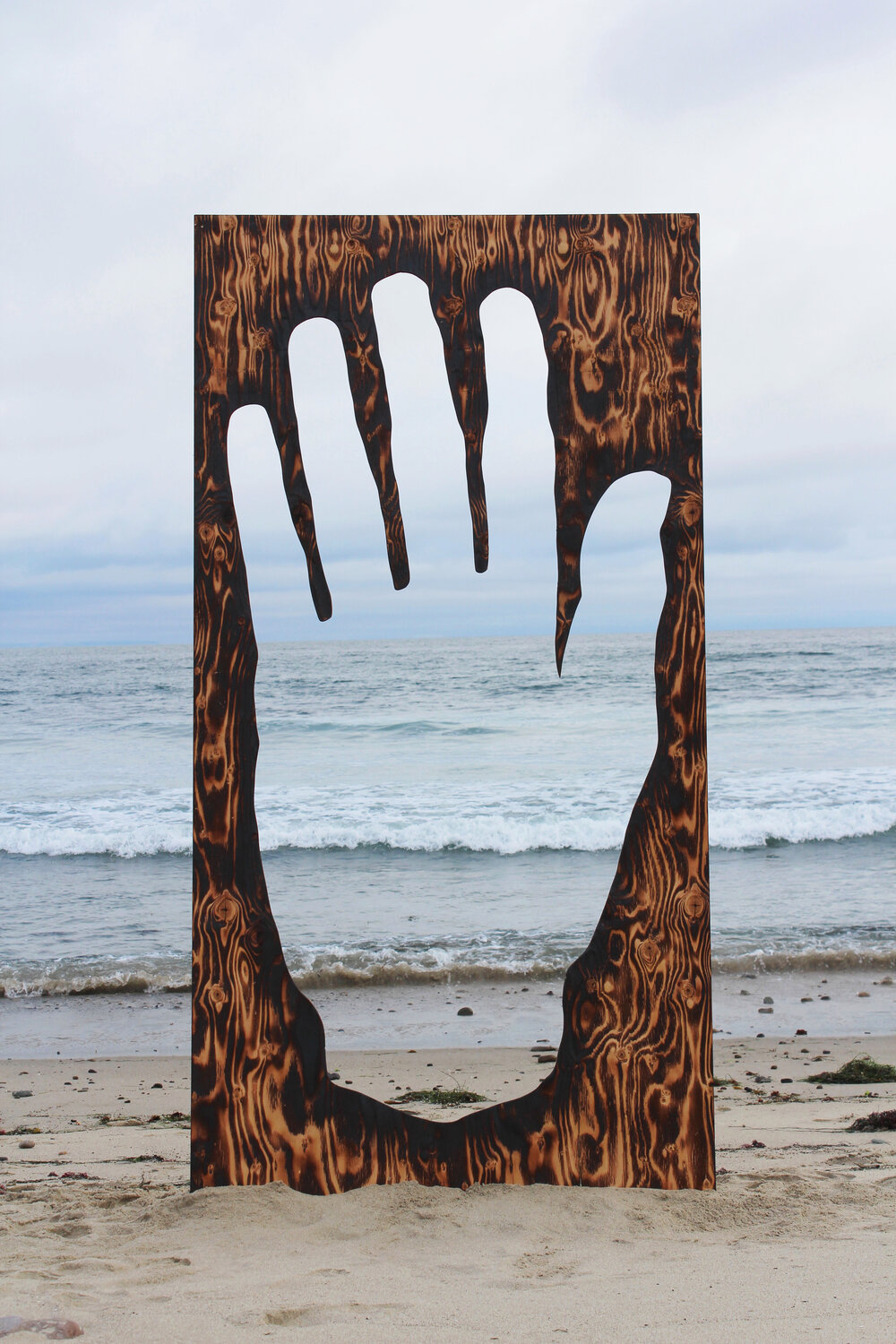
Growing up during a tumultuous period of democratic transition, Jantsankhorol Erdenebayar was raised by artists. Surrounded by the paintings of his parents as a child, he was curious about their meanings from a young age, intrigued by the veiled messages concealed in the works. Deeply aware of his origins, Erdenebayar has long been captivated by Mongolian tales, riddles and proverbs, and the intellectual communicative mind-sets that have been constructed by his ancestors. As an artist, he examines the transformations of socially constructed taboos, rituals, superstitions and habits, and creates dialogue between the past and present. His varied works imaginatively broach complex ideas such as the concept of reincarnation during different states of being.
Tuguldur Yondonjamts
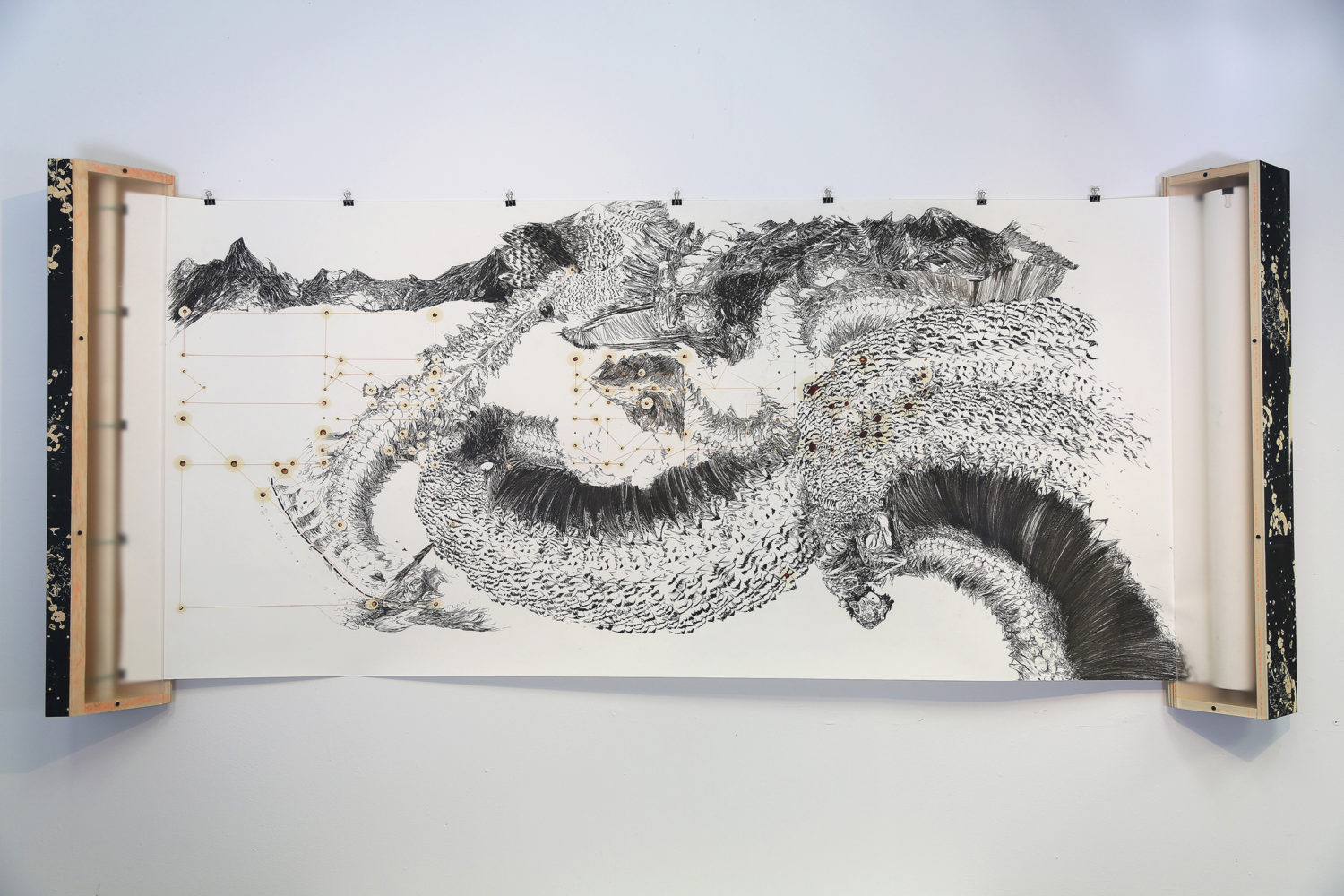
Based in Mongolia’s capital Ulaanbaatar, visual artist Tuguldur Yondonjamts multidisciplinary practice utilises investigational logic to create drawings, printmaking and videos that explore and dissect imaginary and physical journeys. His exploration sources are originated from unknown herders to unknown species crossing different timelines, myths, and travel routes. His works question how these factors are played out in physical and psychological space between tamed and untamed worlds. The artist explains, “My desire and focus in my works are to use facts and to create endless narrative or mystery. Time is also a very important element to me, and I try to have it feature somehow in my drawings or other works.”
Munkhtsetseg Jalkhaajav
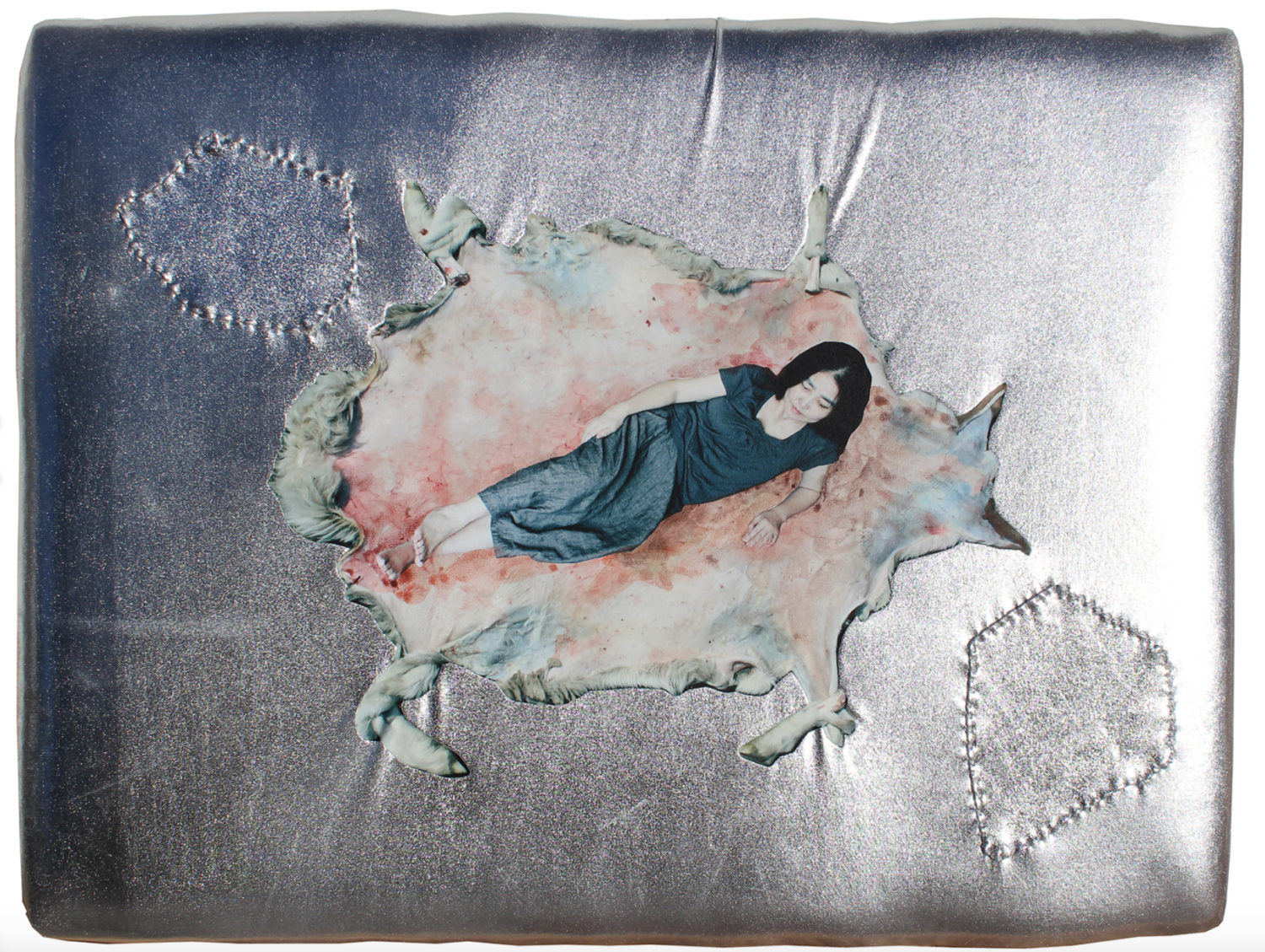
Expanding on her fascinating practice, Ulaanbaatar-based artist Munkhtsetseg Jalkhaajav tells, “Through my work I try to engage with our constant ambition of searching for your inner self and attempts of creating yourself by the idea of “becoming wholesome.” The concept I have toward a woman’s body and mindfulness is very much inspired by Mongolian traditional medical approaches and spiritual healing. In traditional medicine, a bird represents the pulse of human veins, whereas in my art, birds represent the pulse of life, pregnancy, healing, or protection. I created a human-bird character that is half woman and half crow, named Keeper of the Womb. It protects the fetus in the mother’s womb … For me the process of creating collage figures using hand torn paper and making sculptures by sewing pieces of stretch fabric are an act of trying to create wholesomeness by putting together separate pieces, like repairing.”
Togmidshiirev Enkhbold
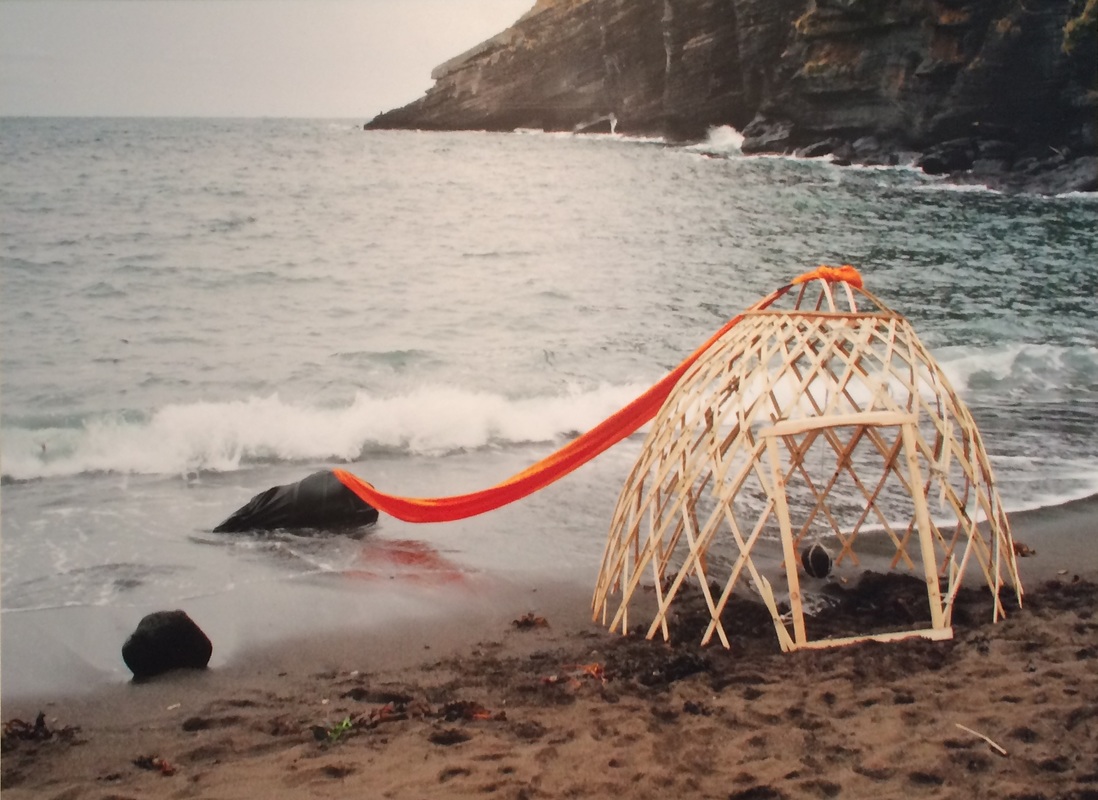
Since 2009, Mongolian born artist Togmidshiirev Enkhbold has been carrying his self-created Ger, a traditional Mongolian nomadic dwelling, around the world. In each location he stops, whether in museums and beaches or highways, the artist has rebuilt his Ger placing it in the centre of his performance works. In these performances the artist interacts with natural elements, using soil, water, smoke, animal skin or horse dung to perform certain actions persistently until he runs out of steam or patience and in doing so creates a dynamic mix of meditation and sacred ritual. Enkhbold notes, for him, “The Ger is connected with the Mongolian conception of abstraction, its extraordinary shape and architectural solutions give a feeling of being connected with nature. Besides mobility, nomadic culture is deeply rooted in human communication with one another. The core idea of my performance is the exchange of energy through these experiences.”
Bekhbaatar Enkhtur
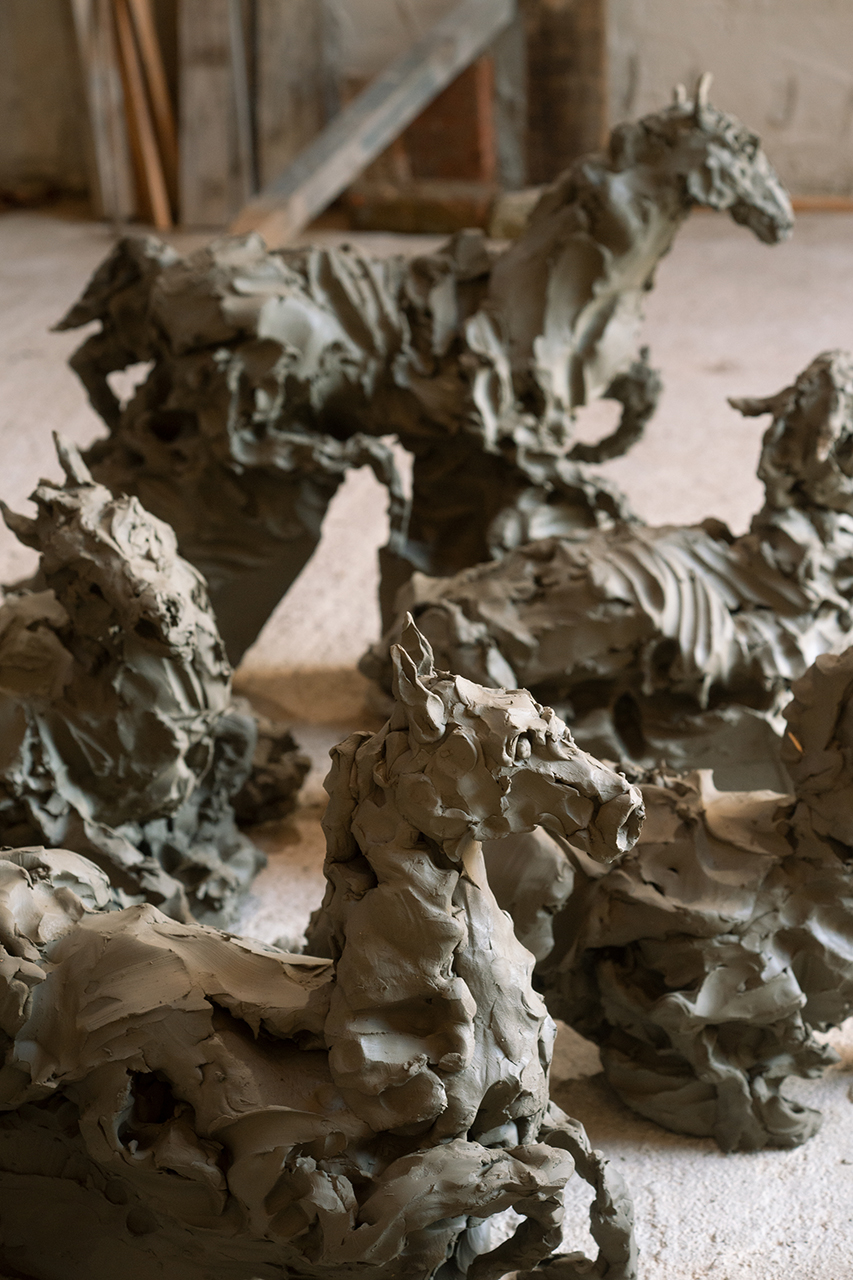
Ulaanbaatar-born Bekhbaatar Enkhtur performs artistic research revolving around the inherent idea that all things must change. With the passing of time, every object and every being loses its original meaning to take on a new significance, a new function. Energy never runs out but only changes its form over time, in turn creating a different energy. Though the significance of its being may change, the essence of an object or body remains the same. Enkhtur first publicly exhibited his work as a participant in the collective show at the Galleria Bolognese P420, where his research revolved around the medium of clay. Following this, his work Cervi (Deer) took form. More recently, the artist participated in the Fondazione Lanfranco Baldi residency programme in Pelago, Italy.
Feature image: Togmidshiirev Enkhbold, Sand Dune, 2020. © Togmidshiirev Enkhbold